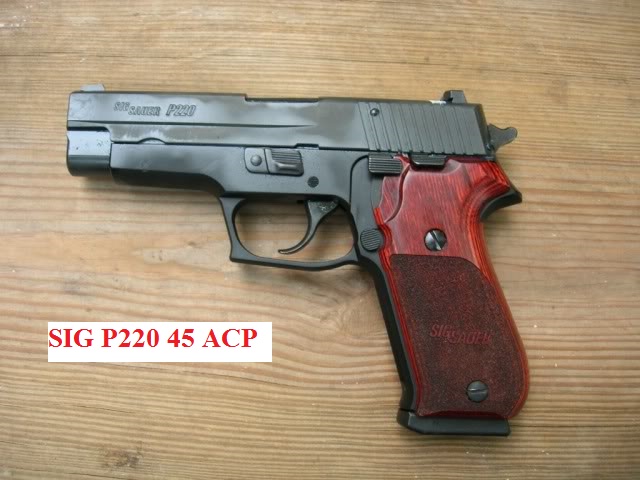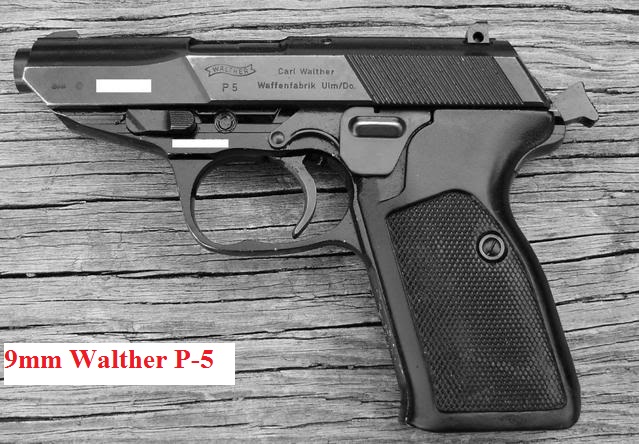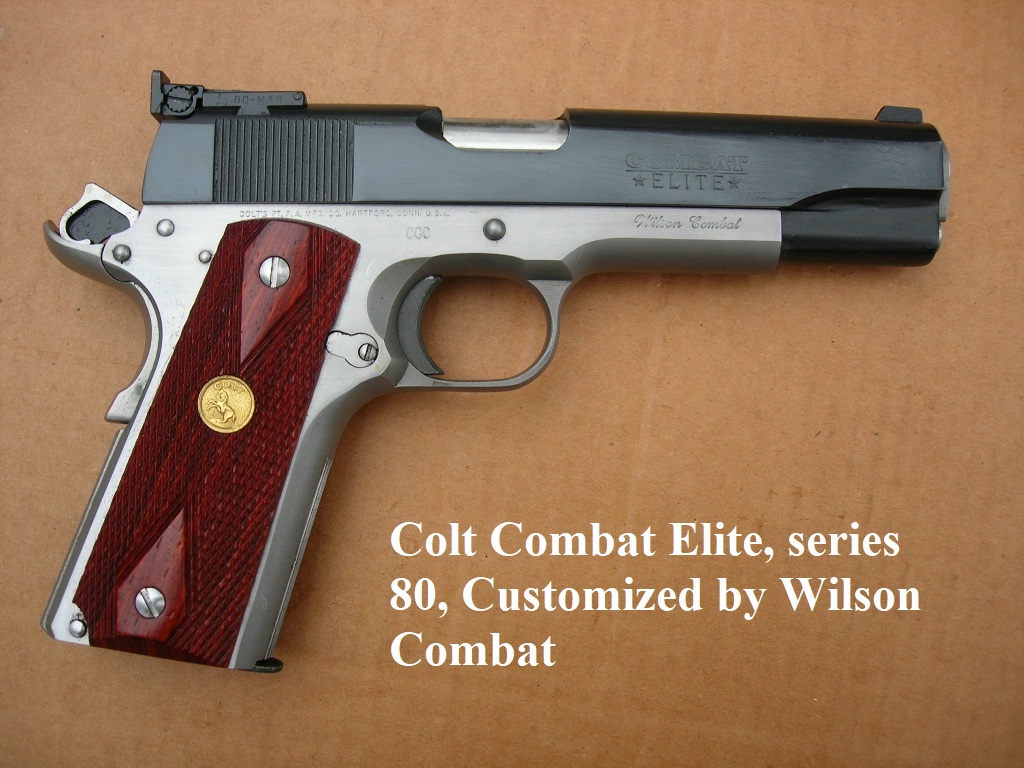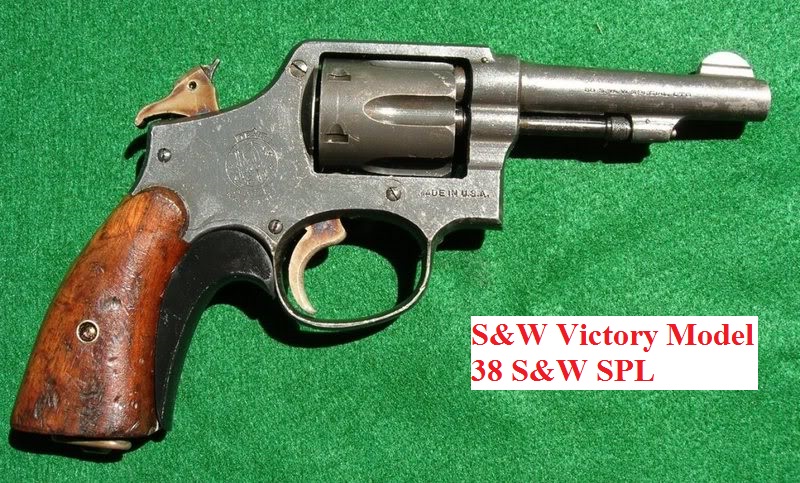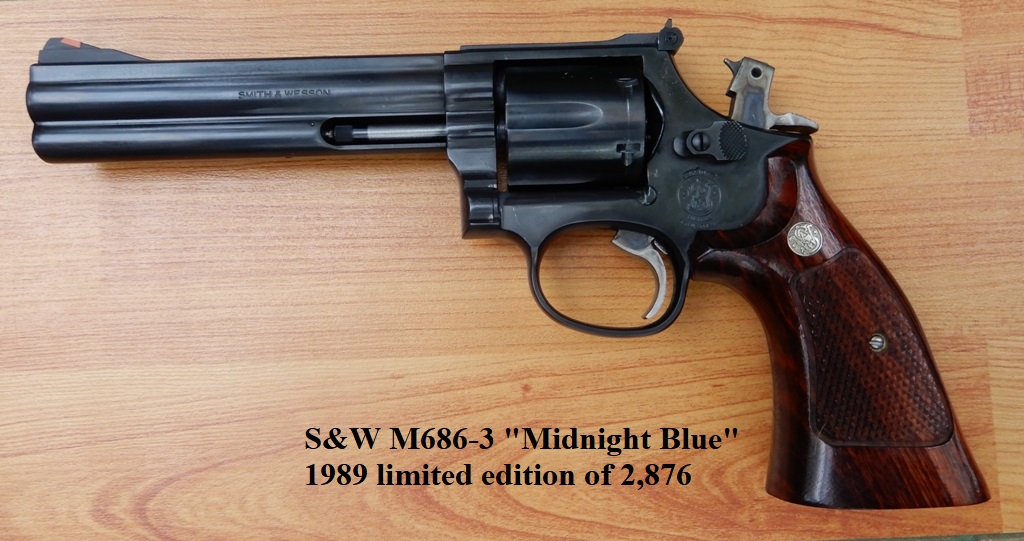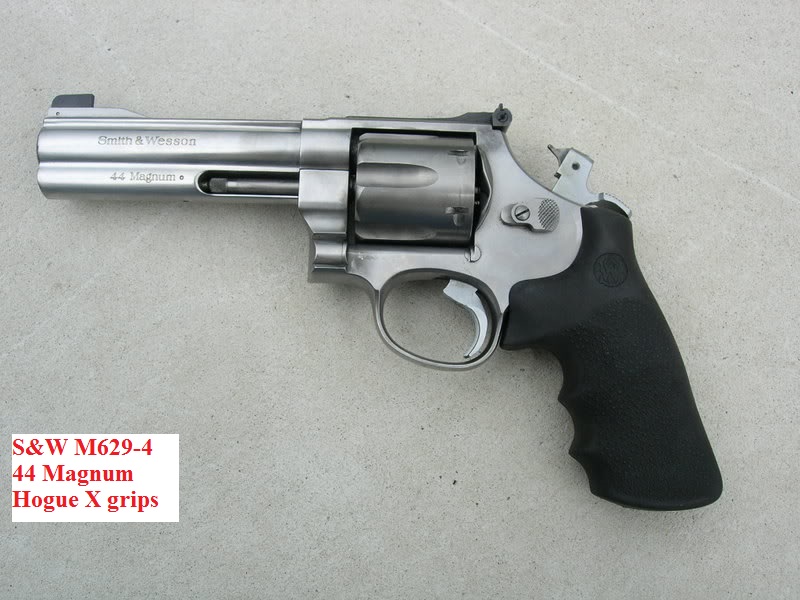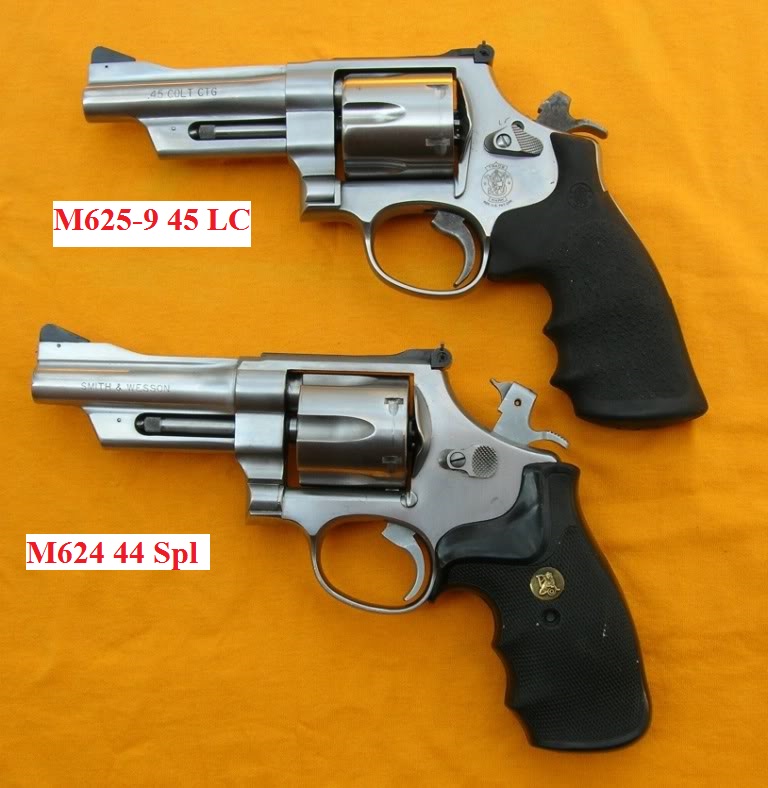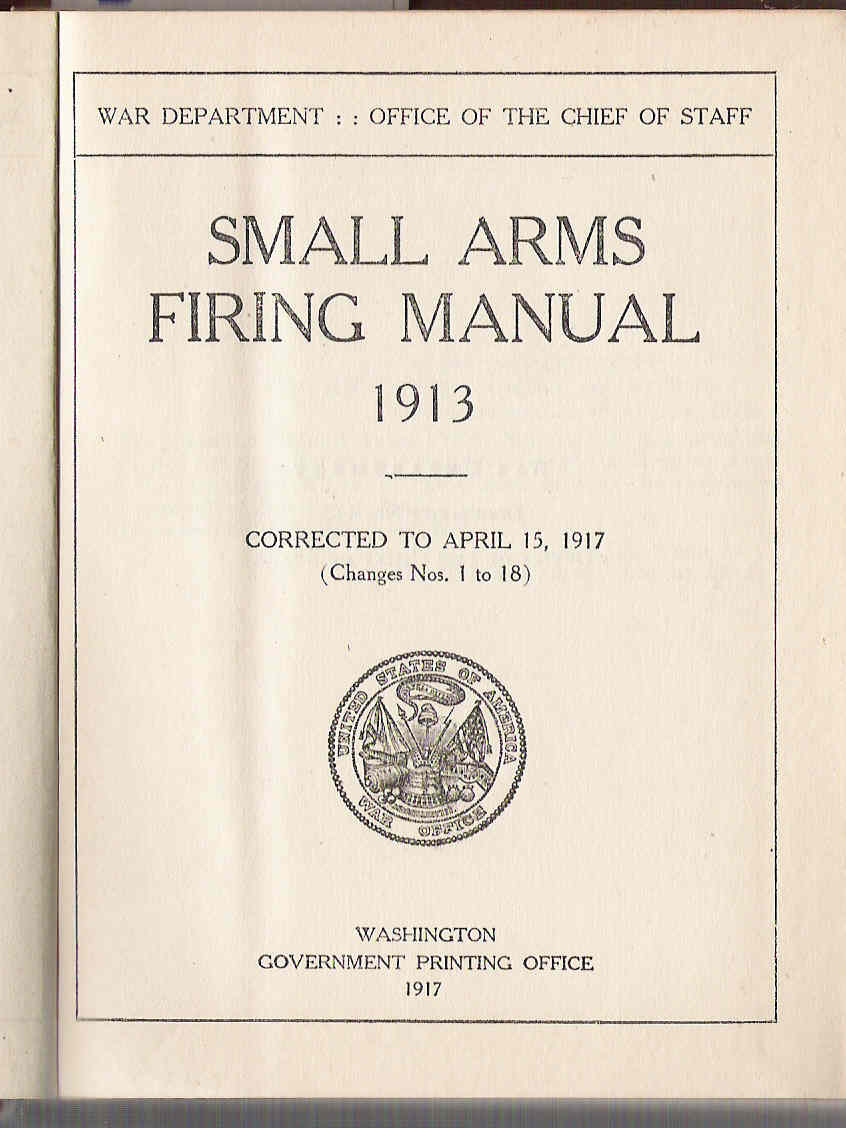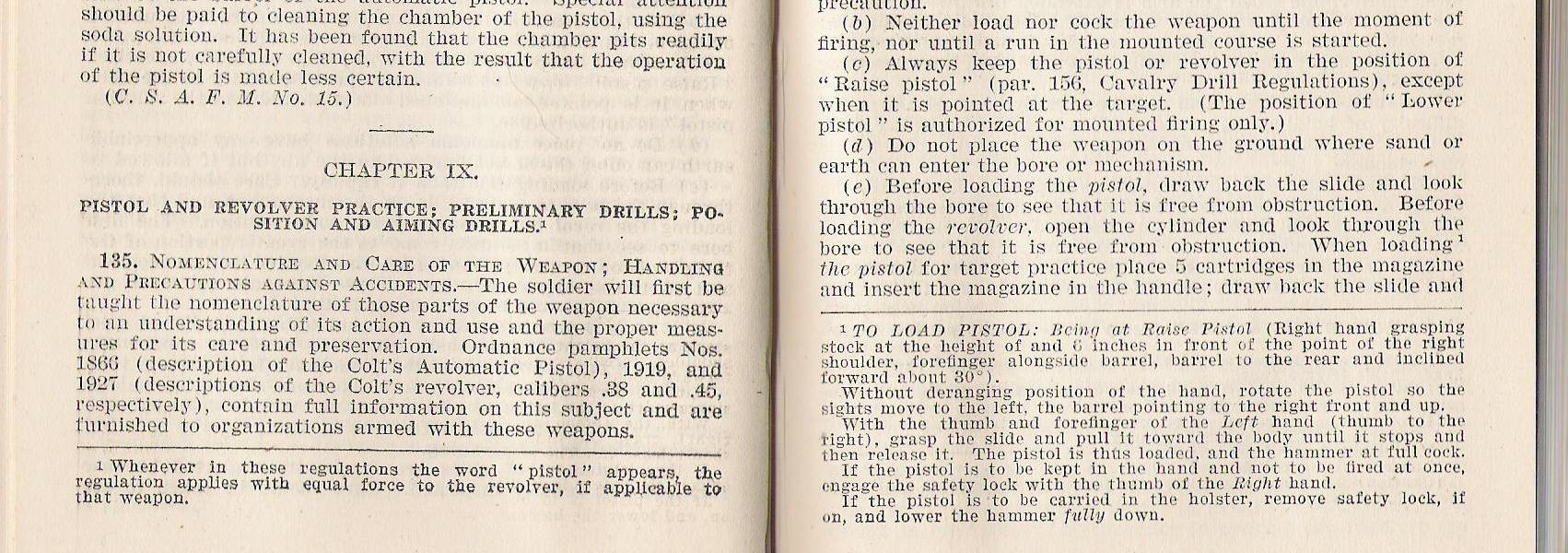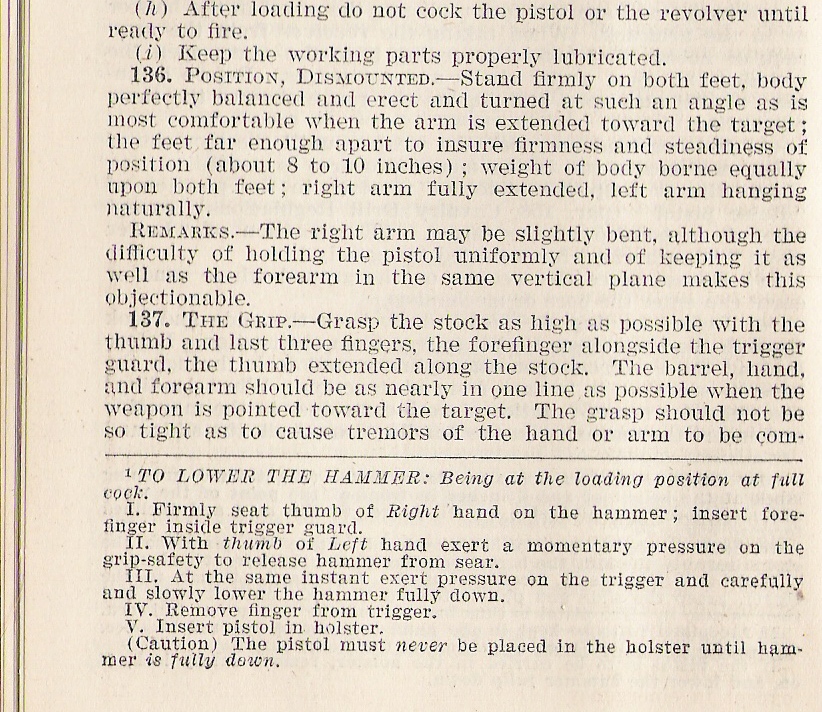trackskippy
Member
- Joined
- Oct 2, 2010
- Messages
- 3,527
What I find entertaining with these complaints about the Glocks grip angle is, that the difference between it, and most others, is very small. It basically mimics a 1911 with an arched MSH and a short trigger.
And in case you weren't aware, the military went from the flat MSH and long trigger on the 1911's to the arched, because of complaints that the guns didnt naturally point right, and switching to the arched housing corrected that. And now most all of the current 1911 wiz kids insist on a flat MSH and long trigger. Wonderment, eh?
Yea, if all you know is one type of gun or grip, then that is all you know, and any of the others will likely feel a tad off, at least until you bother to try different things and figure them out. And the more you try and learn, so your brain knows the guns, the problems magically go away.
These days, since I carry Glocks, I shoot them the most, and a couple of times a week. But I also mix things up and randomly shoot 1911's, SIG's, Beretta's, HP's, and a few others along with the Glocks, and randomly dryfire two or three of each every day, and I can easily pick any of them up and shoot them, without a thought about what it is Im shooting at the moment. They all shoot where Im looking on the targets, be it with the sights or just pointing the gun.
All the complaints about minor differences in ergos, controls, etc, between any of them, is simply a lack of experience with whats being complained about. Its a simple fix too, but I guess its just easier to complain.
And in case you weren't aware, the military went from the flat MSH and long trigger on the 1911's to the arched, because of complaints that the guns didnt naturally point right, and switching to the arched housing corrected that. And now most all of the current 1911 wiz kids insist on a flat MSH and long trigger. Wonderment, eh?
Yea, if all you know is one type of gun or grip, then that is all you know, and any of the others will likely feel a tad off, at least until you bother to try different things and figure them out. And the more you try and learn, so your brain knows the guns, the problems magically go away.
These days, since I carry Glocks, I shoot them the most, and a couple of times a week. But I also mix things up and randomly shoot 1911's, SIG's, Beretta's, HP's, and a few others along with the Glocks, and randomly dryfire two or three of each every day, and I can easily pick any of them up and shoot them, without a thought about what it is Im shooting at the moment. They all shoot where Im looking on the targets, be it with the sights or just pointing the gun.
All the complaints about minor differences in ergos, controls, etc, between any of them, is simply a lack of experience with whats being complained about. Its a simple fix too, but I guess its just easier to complain.


